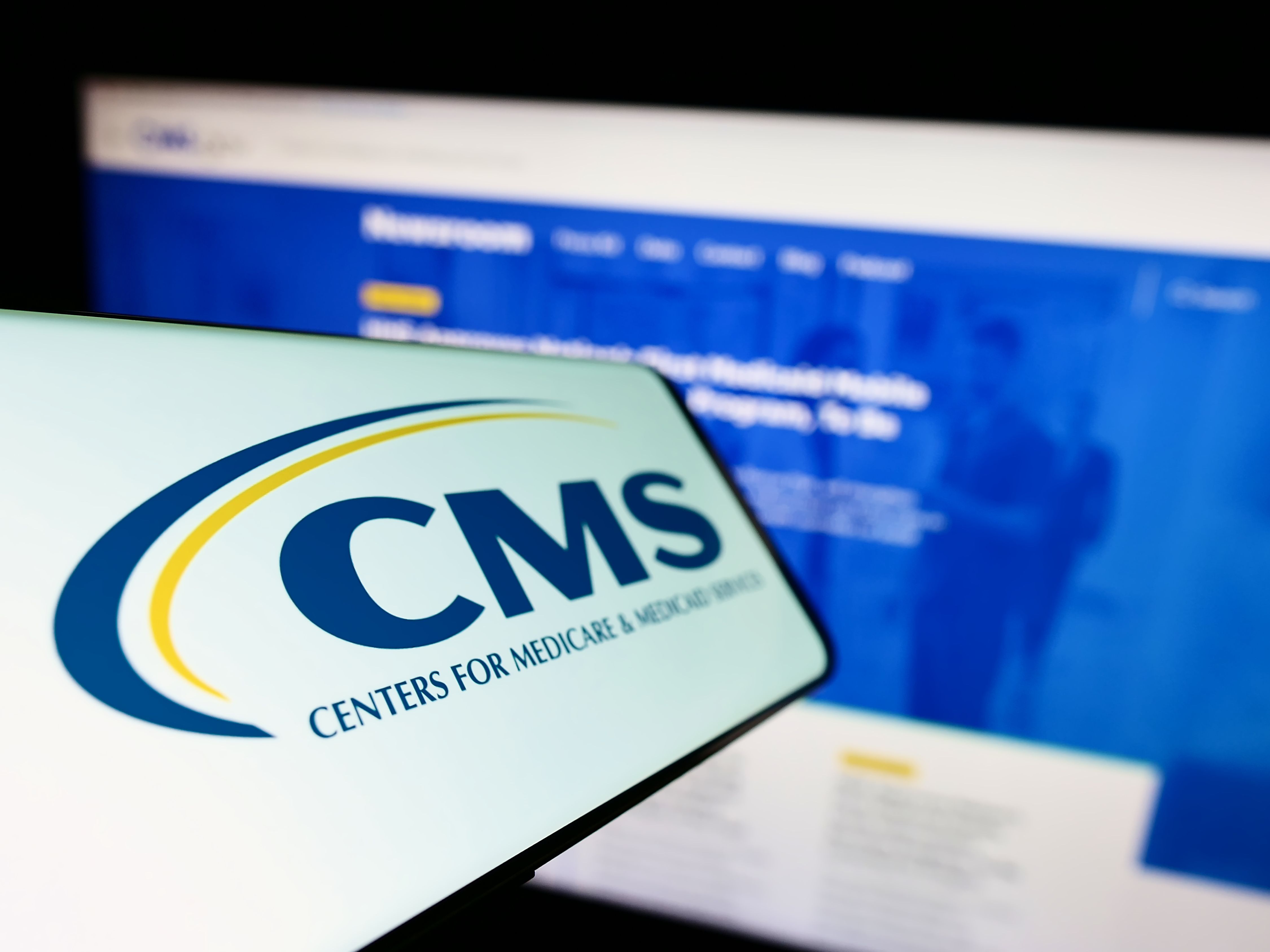News
Article
CMS creating residencies to focus on primary care, but they have not expanded to rural areas
Author(s):
Research letter examines amount of time spent training in rural and urban areas.
© Uladzislau - stock.adobe.com

A federal plan to expand physician training in rural areas is geared toward primary care, but that training has not yet expanded according to Medicare plans.
Congress approved money and a mandate for the U.S. Centers for Medicare and Medicaid Services (CMS) to create 1,000 new residency slots for physician training in rural and underserved areas. That happens in hopes of physicians staying to practice where they learn, said the research letter in JAMA.
“The lack of residency training in rural and underserved areas worsens the maldistribution of physicians because physicians who spend at least half of their residency training in rural and underserved areas have odds (five) times higher to practice in those areas after residency compared with those who trained elsewhere,” said the study, “The Distribution of Additional Residency Slots to Rural and Underserved Areas,” by Jacob Rains, MPH, George Mark Holmes, PhD, Shweta Pathak, PhD, MPH, and Emily M. Hawes, PharmD.
Residency programs with the most slots include specialties of family medicine (30.86%), internal medicine (19.64%), and psychiatry (11.11%).
But just 5% of all residency programs train their resident physicians with at least half their time in rural primary care health professional shortage areas (HPSAs). A full 83% train residents with at least half their time at urban sites, according to the study.
For mental health training, rural areas had the same percentage for time spent, 5%, while 73% of residency programs had physicians spend at least 50% of their time in urban training settings.
That allocation of residency slots underrepresents the rural population in HPSAs, because at least 32.1% of people living in primary care HPSAs are in rural communities, the researchers said.
“These findings suggest that the methods used by Congress for distributing residency slots ensured that more residency training occurs in urban HPSAs, but fell short of expanding training opportunities in rural HPSAs,” the study said. “Without a congressional mandate to evaluate residency slot distribution, policy-makers may not know whether their distribution methods are achieving their policy goal.”
To ensure more rural programs in the future, legislators could require a percentage of new slots go to programs with residents training in rural areas for at least half their time. Rural programs may need additional funding and technical support, the study said.
The researchers used data from CMS and the Health Resources and Services Administration of the U.S. Department of Health and Human Services.
Congress approved 1,000 additional residency slots in the 2022 federal budget approved in 2021, with 200 slots a year phased in over five years.
In January this year, CMS Administrator Chiquita Brooks-LaSure issued a statement that the residency slots would “help address access to care challenges and workforce shortages in the highest need areas.”





